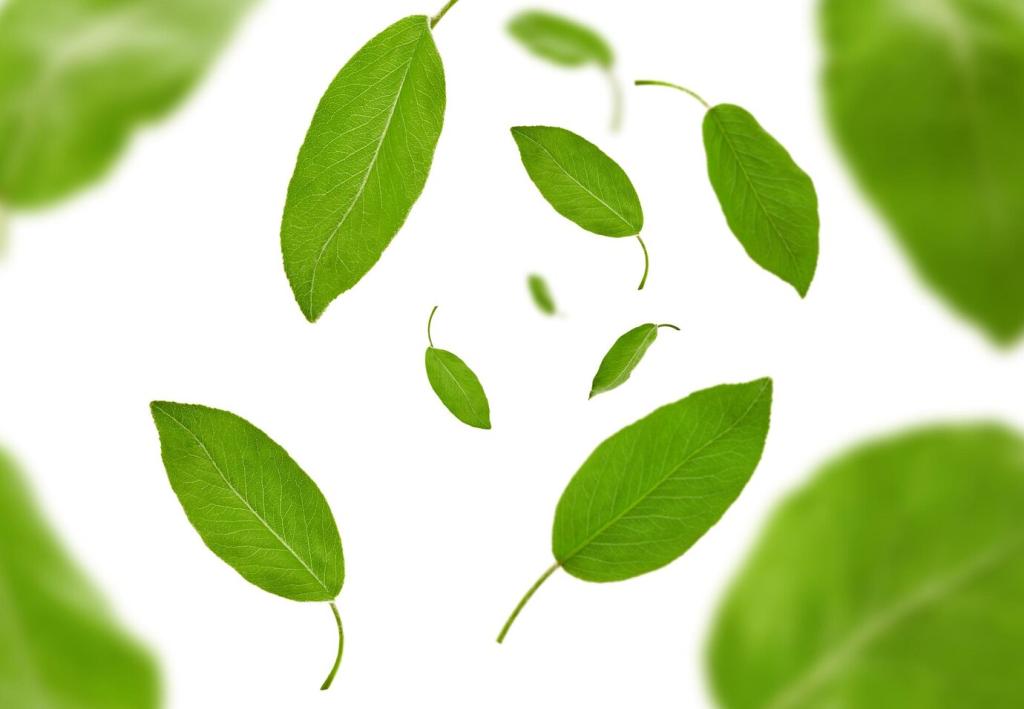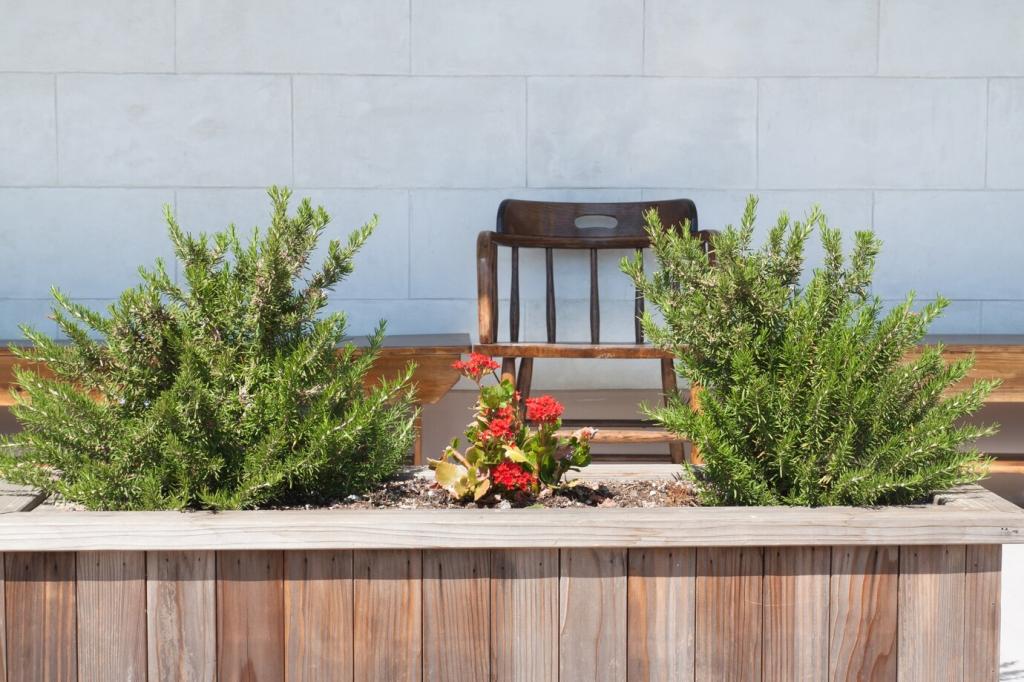This website uses cookies so that we can provide you with the best user experience possible. Cookie information is stored in your browser and performs functions such as recognising you when you return to our website and helping our team to understand which sections of the website you find most interesting and useful.

How to Create a Green Home
Creating a green home is not just about following the latest trends—it’s a long-term commitment to sustainability, wellness, and energy conservation. A green home is designed and maintained to reduce its environmental impact by being energy-efficient, resource-friendly, and healthy for its inhabitants. Whether you are building a new house or upgrading your existing living space, taking actionable steps towards creating a greener home can lead to significant benefits. These range from lower energy bills and healthier indoor air to a reduced carbon footprint and a positive contribution to the planet’s wellbeing. In this guide, you’ll learn key strategies and considerations for making your home more environmentally friendly, practical advice for implementing change, and the value these efforts bring for you and the environment.

Sustainable Materials and Design Choices


